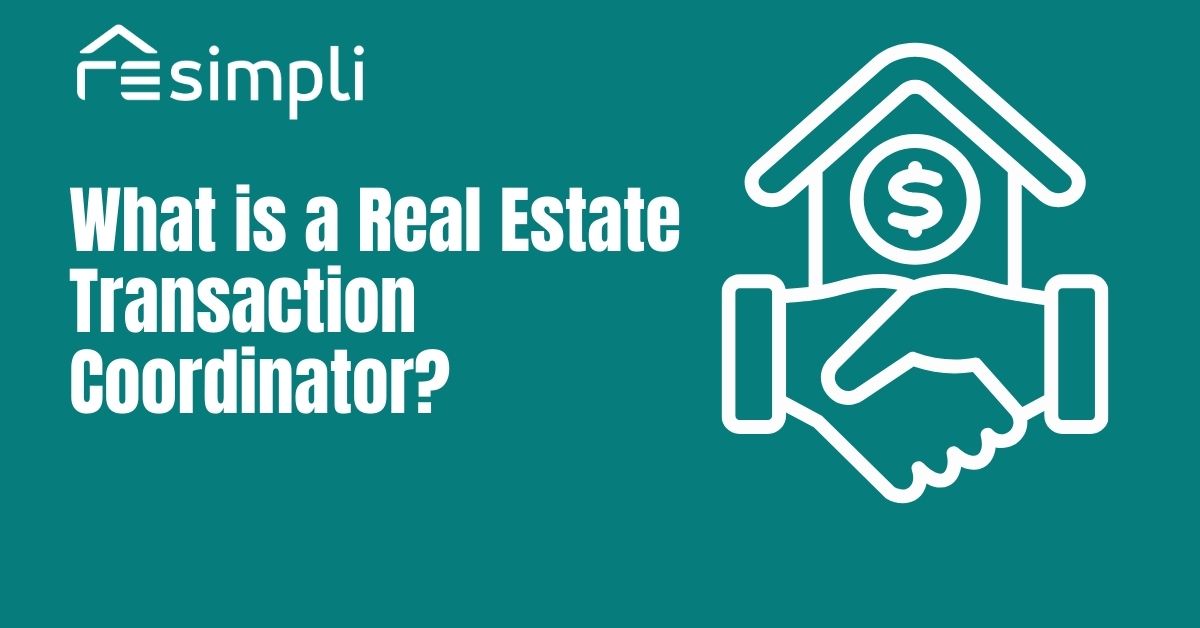In real estate investing, two approaches have prominently risen to the forefront and are competing for the attention of investors the world over: wholesaling vs. house flipping.
Wholesaling, also known as wholesale real estate, is the process of securing a property contract and then quickly selling that contract to another investor.
Instead of buying the property, wholesalers are middlemen, connecting sellers with buyers without taking ownership.
The question “What is wholesale real estate?” boils down to brokering fast-paced, often cash deals.
On the other hand, house flipping involves the purchase, renovation, and resale of a property for profit. For those exploring how to flip houses, the name of the game is transforming undervalued properties into real estate gems.
With the growing popularity of terms like “wholesale flipping houses” and “clear financial potential” in both, it’s clear why these strategies are the talk of the town in the real estate realm.
This blog will dive deeper into the nuances of wholesaling vs. flipping.
What is Wholesaling?
Wholesaling is a real estate investment strategy centered on acting as the middleman.
Unlike traditional property buying, where one invests money into purchasing property itself, in wholesaling, the investor gets the property under contract and then sells that contract to another investor.
What is Wholesale House Flipping?
“Wholesale house flipping” can sound like an oxymoron for the uninitiated. Instead of the renovation process associated with house flipping, wholesale house flipping involves quickly turning over contracts of potential flip properties to more renovation-inclined investors.
Think of it as “flipping contracts” rather than houses. The wholesaler identifies undervalued properties, secures a contract at a discount, and then sells that contract to a house flipper for a profit.
Benefits of Wholesaling:
Lower Risk: Wholesaling reduces risk because you never actually purchase the property, eliminating holding costs, property damage, market downturns, and other risks.
Less Capital Required: With wholesaling, there’s no need for large quantities of capital upfront. Instead of buying properties, you’re securing contracts. This lowers the entry barrier for new investors.
Quick Turnaround: Wholesale deals can be secured and sold in a matter of weeks, allowing for faster returns compared to traditional real estate investments.
Examples of Successful Wholesale Deals:
We’ve devised some examples of what successful wholesale deals could look like:
Example 1: John identifies a distressed property in an upcoming neighborhood.
He secured it under contract for $150,000.
Recognizing the property’s potential, he sold this contract to a house flipper for $175,000, making a swift $25,000 profit without ever owning the property.
Example 2: Sarah explored wholesale contracts, finding a homeowner eager to sell because of a career change.
The home, in need of minor repairs, was under contract for $200,000.
Sarah connected with an investor looking for rental properties and sold the contract on for $220,000, earning a $20,000 margin.
Examples like these highlight the potential of wholesaling, demonstrating how investors can carve out lucrative deals with minimal financial input.
What is House Flipping?
House flipping is a real estate investment strategy that focuses on purchasing properties at a lower market value, investing in necessary renovations, and then selling them for profit.
It’s a process that requires market knowledge, capital, renovation expertise, and timing.
A house flipper zones in on quick price appreciation in short-term real estate transactions, usually facilitated by making the property more appealing or taking advantage of a rising market.
Benefits of Flipping Houses:
Higher Potential Profits: With the perfect property and stunning renovations, flippers can see huge profits. This potential for high ROI is the hook for many investors.
Tangible Value Creation: Flippers have the unique opportunity to actually enhance a property, adding real value through renovations.
Market Leverage: Flippers capitalize on rapid market changes. By tactically buying in emerging areas or during market downturns and selling in high-demand periods, they can maximize profits.
Flexibility: House flipping allows for a more hands-on approach to real estate investment.
Investors can choose projects based on their personal preferences, expertise, and desired level of involvement.
Examples of Successful House Flipping Projects:
We’ve thought up a couple of cases of what good house-flipping projects might look like.
Example 1: Linda bought a 1960s townhouse in an up-and-coming neighborhood for $250,000.
She invested $50,000 in renovations, updating the kitchen, bathrooms, and backyard.
After the job was done, she sold the property for $375,000, securing a profit of $75,000 minus expenses.
Example 2: Mike found a rare foreclosure in a desirable school district, acquiring the property for $180,000.
After spending $40,000 on repairs and enhancements, he listed the property and quickly sold it for $260,000, realizing a substantial gain.
Who Should Consider Flipping Houses?
Flipping houses is ideal for:
Hands-On Investors: Those who enjoy getting their hands dirty in the renovation process—from design choices to dealing with contractors—will find house flipping rewarding.
Risk Takers: While there’s potential for profit, there are also massive risks involved. Flipping is suited for those who can assess, understand, and be comfortable with these risks.
Market-Savvy Individuals: Understanding real estate market trends with a knack for identifying emerging neighborhoods or undervalued properties is vital for house flipping.
Capital-Ready Investors: House flipping requires a substantial initial investment for the property purchase and renovation, so it best suits those with plenty of capital.
If you have a passion for home design, a handle on the real estate market, and some cash to invest, house flipping can be a profitable, satisfying venture.
Differences between Wholesaling vs. House Flipping
When choosing between wholesaling and house flipping, understanding their distinctions is vital, as is properly understanding your own investment goals, resources, and risk tolerance.
Risk:
Wholesaling: This process is a lower risk as you’re not purchasing, owning, or investing in actual property renovation.
The main risks include being unable to find a buyer for the contract and potential legislation issues if contracts aren’t managed properly.
House Flipping: This is a much higher-risk venture, with unexpected renovation costs, market downturns during the holding period, or the property not selling at the anticipated price all being potential pitfalls.
Capital Required:
Wholesaling: Wholesale real estate generally requires less capital, with the primary costs related to marketing and securing contracts.
House Flipping: Renovations and property purchases demand a more substantial capital investment than contracts, not to mention the marketing costs.
Time Commitment:
Wholesaling: Selling on a contract can offer a quicker turnaround, often allowing deals to be completed in weeks.
House Flipping: Renovations take time, especially if more comprehensive, with the process ranging from a few months to over a year.
Potential Profits:
Wholesaling: Profits in wholesale deals are generally lower than flipping but can be consistent with a steady stream of contracts.
House Flipping: Has the potential for huge profit margins, especially if the property is bought at a significantly undervalued price and renovated effectively.
Skill Sets Required:
Wholesaling: Navigating these deals necessitates marketing, networking, and negotiation skills.
Understanding contracts and having an eager eye for undervalued properties with potential is essential.
House Flipping: Flipping requires knowledge of markets, renovation expertise, and project management skills.
A good network of contractors and an understanding of property valuation are also essential.
Which Strategy is Right for You?
Choosing between wholesale real estate contracts and house flipping depends on your individual goals, available resources, and appetite for risk.
Here are some pointers to guide your decision:
Assess Your Finances: If you’re starting with limited funds, wholesaling is likely a more accessible entry point.
If you have more to spend and are looking for an active, creative project, consider house flipping.
Time Availability: Those looking for fast-paced transactions might lean towards wholesaling.
If you’re prepared for a longer commitment, flipping could be for you.
Risk Tolerance: If you’re risk-averse, the less financially demanding, property-free nature of wholesaling might be perfect for you. Those willing to take more risks for potentially higher returns should consider house flipping.
Skill Set: Consider your personal strengths and weaknesses.
Are you a networker with negotiation skills?
Wholesaling might be the way. If you are passionate about property transformation and understand the renovation process, house flipping might be the lane for you.
Lastly, as with any investment, do plenty of research.
Talk to experienced investors and peers in both fields, glean insights from their experiences, learn about the local market, and continually seek knowledge.
Wholesaling vs. flipping doesn’t come with one answer. It’s a journey you need to tailor to your individual goals, resources, and ambitions.
Conclusion
Diving into real estate investing is exciting, with countless possibilities and potential rewards to discover.
However, the path to success is paved with informed decisions, meticulous planning, and a solid understanding of strategy.
The debate of wholesaling vs. flipping is about more than terminology; it represents two distinct approaches to real estate, each with unique nuances, opportunities, and challenges.
Carefully considering your objectives, resources, and personal strengths will guide you toward a strategy that not only resonates with your vision but also aligns with your capabilities.
Real estate is as much a journey of self-discovery as financial gain.
Choose your path wisely, arm yourself with knowledge, and let your real estate dreams take flight.
For more on real estate investing, visit our blog today.



